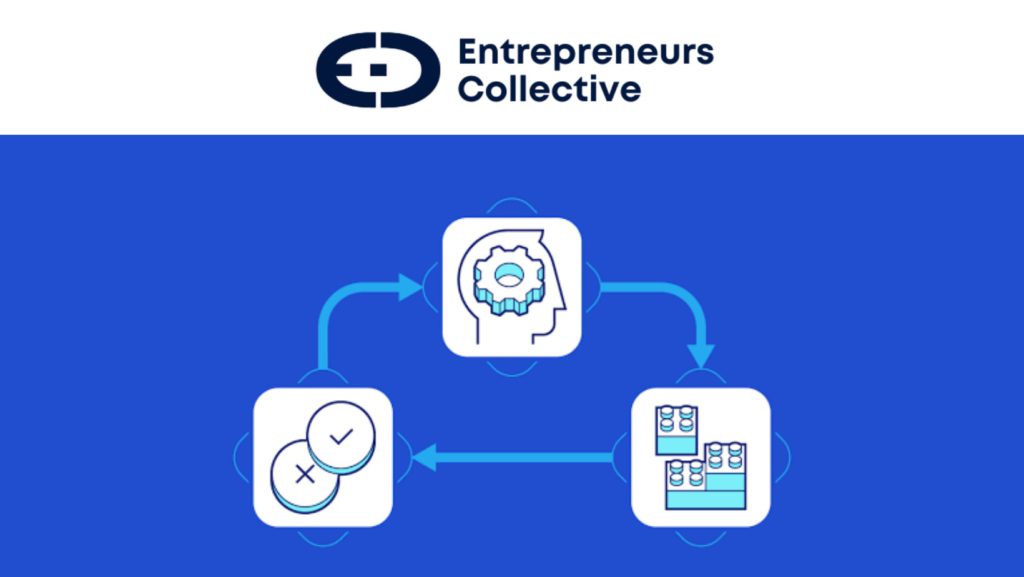
What is an MVP?
Your Minimum Viable Product (MVP) is often the first version of your product or service. Some call it the beta version, the test version. Utilising an MVP, enables you to launch a product or service and concurrently get user feedback. This leads to a better product overall and in quicker time, as you’re constantly learning about what your users want, and they get a hands on look into the product or service you’re developing.
Utilising an MVP can save your company time and money – two things that are often quite scarce at the start of your entrepreneurial journey (we know!). Primarily, to build an MVP will cost less money in development.
Furthermore, having an MVP under your belt may attract angel investors or VCs at an earlier stage, as long as the MVP functions well enough. So, here’s a guide on how to build an MVP – you’re welcome.
5 Key Steps to build an MVP
Research
More specifically, Market Research. No matter what your idea is, even if it is the greatest idea of all time, you need to make sure theres demand for it by doing consumer research, and how you compete against others by doing competitor research. Now we’ve already covered why having competitors is good before (having no competitors can be a huge warning sign for investors)
Doing market research will help you identify ideal customers, ensure your product will meet their needs and give you the ability to really understand the problem you’re solving and the nuances associated. This can all be fed into the building of your MVP.
Establish Goals
You need to establish clear metrics and goals that indicate success with your MVP. These are also known as KPIs – Key Performance Indicators. For example, if you’re developing an app, you can measure the following things that will enable you to concurrently measure success:
- Downloads
- Reviews
- Time spent on the app
There are plenty of others too, and it all depends on what you’re building, who its for and the problem you’re solving. Establishing goals is a very personal part of the MVP process, but make sure these goals will indicate success.
Put Yourself in the Shoes of the User
That’s right – it’s time for some role play!
You need to decide what you product will actually look like, map out user journeys and think about user behaviour. Hopefully your extensive market research can help inform this stage. Think about the thoughts, feelings and decisions that result in a user going from one screen to another.
Now you may have a number of different potential users, but at this stage, focus on the users you think will provide the most value. You then need to decide which are the most important features to include in your MVP, ones that will provide the most benefit to the ideal user.
Development
Now you’ve done all the hard groundwork, it’s time for the work to get even harder. That’s right, its time to develop your MVP. Your prototype needs to take into consideration all the research you’ve done, be user friendly and engaging. Your prototype isn’t going to be the finished product, but it should still be good quality, usable and
Product Viability & User Feedback
It’s time to go back to your user’s and see what they think of your MVP. Measure the results of what you’ve developed as a real test of the viability of your MVP. And the direction of final product development.
You may need to go through these steps a couple of times to get to an MVP that you’re happy with. And that’s fine. It’s all about learning at this stage. Don’t rush. It may seem frustrating but by the end of it you’ll have an MVP that you’re happy with, that can help lead into the next crucial step…
MVP to MMP
Tune in next time for what to do next (AKA building your Minimal Marketable Product) @ Entrepreneurs Collective
